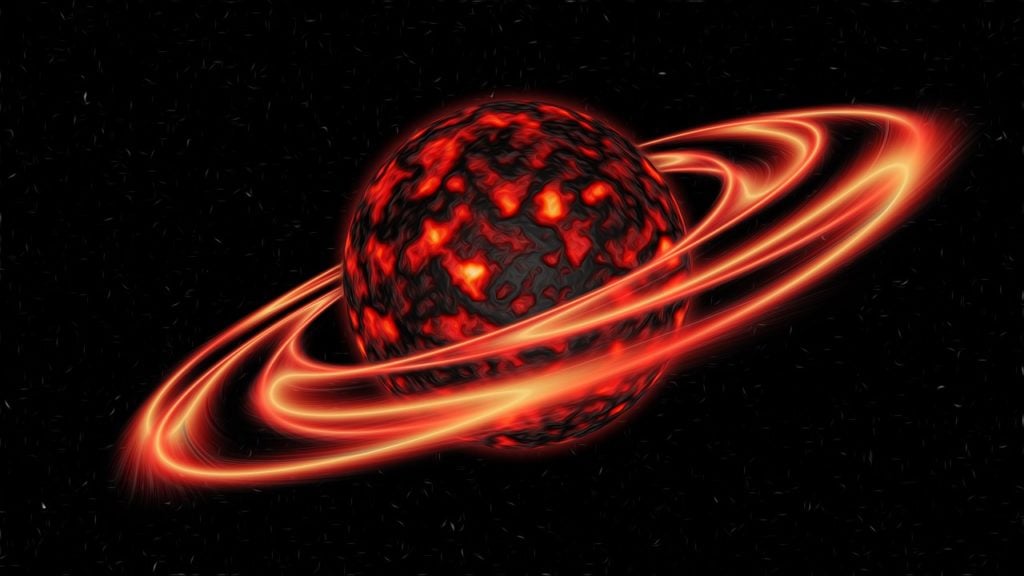After several media outlets wrote about a massive geomagnetic storm that could hit Earth on March 18, it spread across the internet like wildfire. These storms could turn out to be extremely dangerous because they can disrupt telecommunications, navigation, and electrical power around the Earth. Fortunately, according to the National Oceanic and Atmospheric Administration (NOAA), there is no chance for such a scenario happening.
NOAA supports creating forecasts for weather on our planet. However, they are also well-equipped to predict space weather and events such as geomagnetic storms.
“This story is not plausible in any way, shape or form,” Bob Rutledge, who leads NOAA’s Space Weather Forecast Center told Newsweek in an e-mail interview. “Things are all quiet for space weather, and the sun is essentially spotless.”
The initial news on the massive geomagnetic storm appeared on Monday, and soon after fired up Google News. More importantly, the vast majority of the coverage was based of a chart that appeared on Russia’s Lebedev Institute’s website, which revealed a small uptick in geomagnetic activity for March 19. However, the activity should be nothing more than a minor storm, as NOAA’s readings show comparable readings.
Scientists rate geomagnetic storms on a scale between G1 and G5, and G5 is supposed to be the strongest, most extreme storm. However, according to NOAA, on the 18th, people are most likely to experience a G1 which stands for a minor geomagnetic storm. That means there is no reason to worry as these storms happen roughly 2,000 times within 11 years, or about once every two days, which means it won’t even be felt.
The scientists created this scale based in part on an index generated from the amount of magnetic deviation which is produced through a storm in combination with measurements of different currents including “auroral electrojets” and the “field-aligned current.” According to NOAA’s website, there is also another type of current dubbed “the disturbance storm time index.”
Even though a G1 minor geomagnetic storm on March 18 is nothing to worry about, on the other hand, a massive storm, such as one originally reported yesterday, could carry dangerous consequences. The storm could result in blackouts and jeopardize communication satellites, and thus all telecommunication on Earth. According to the federal government’s Ready.gov website, there are a couple of these storms that have caused such damage. One storm occurred in 1859, while the latter occurred in 1989, which resulted in a nine-hour blackout in Canada.
Information on the internet is, unfortunately, often easy to manipulate, but there is really nothing to worry about when it comes to the geomagnetic storm on March 18. Still, if you aren’t convinced, you can check out Ready.gov website and learn more about preparing for such a situation. Tips include making sure you get groceries ready and gas in the car, amongst other things. But, last and foremost, make sure to check info from websites that have scientific authority, rather than unauthorized content from YouTube.












